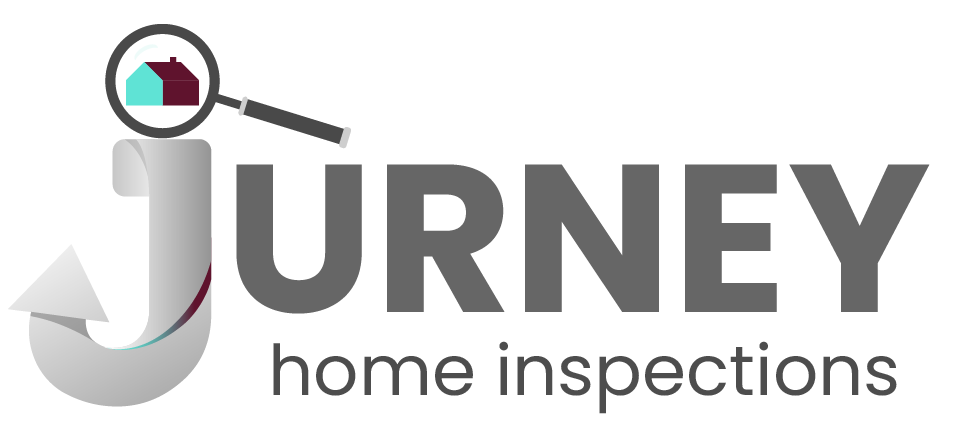Jurney Home Inspections Blog
📞 GIVE US A CALL (239) 208-0070
📞 GIVE US A CALL
(239) 208-0070
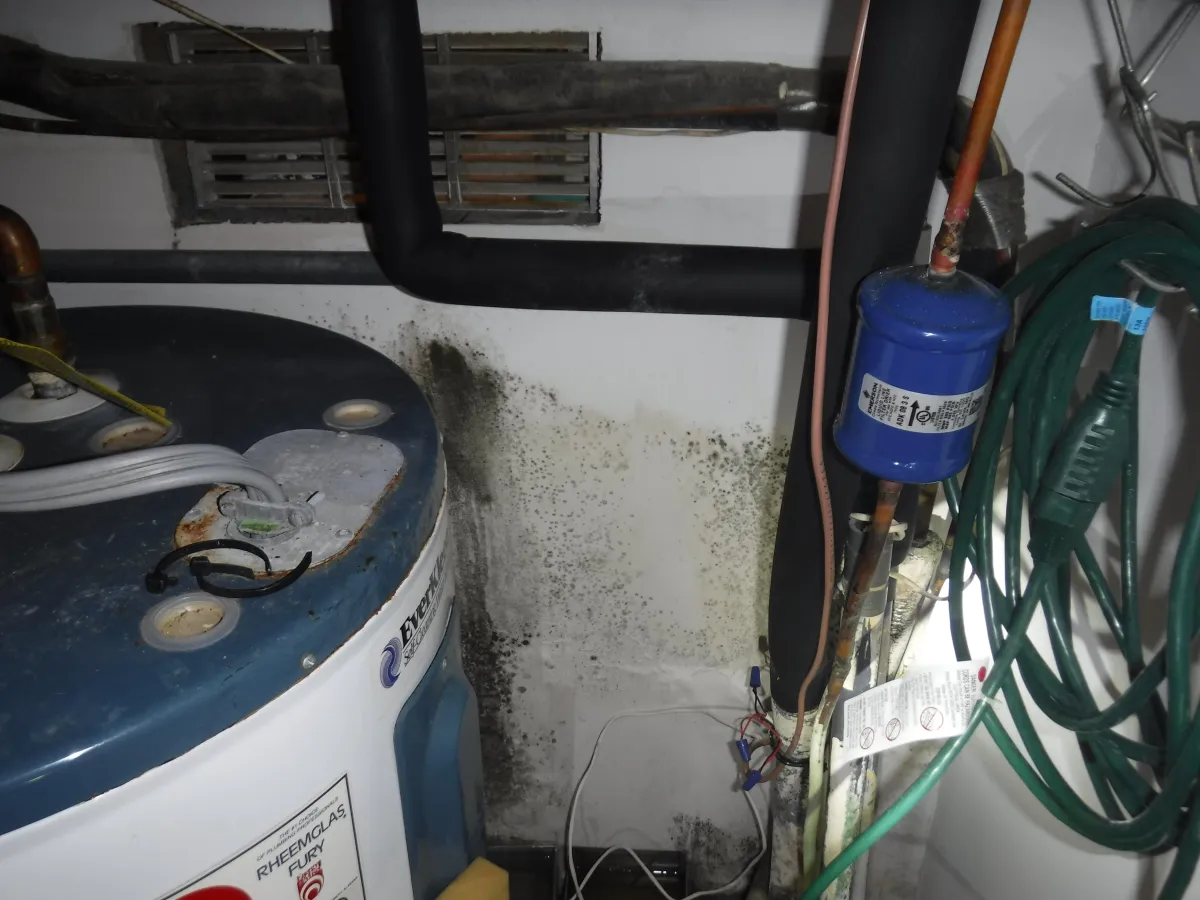
How to remove surface mold from a wall or other object
Removing mold from a wall can be a difficult task, but it is important to address it as soon as possible to prevent it from spreading and causing potential health problems. We always recommend hiring a professional to remove mold because of the health risks involved. If you have a small area of mold you may decided to remove it yourself. The area depicted in the photo is a large area on dry wall and should be handled by a licensed professional. If the area contaminated is small, here are some steps to help you remove mold from a wall:
1. Wear protective gear: Before starting, put on gloves, a mask, and safety goggles to protect yourself from mold spores. When you start to remove mold spores they will be disturbed and get into the air.
2. Identify the cause: Mold thrives in damp environments, so it is important to identify and address the source of moisture before attempting to remove the mold. This could be a leaky pipe, a faulty ventilation system, or even excess humidity. If you don't fix the cause first the mold will return after you remove it.
3. Clean the area: Use a scrub brush, a sponge, or a rag to clean the moldy area. You should use a professionally made mold remover product. Be sure to follow the instructions carefully.
4. Dry the area: After cleaning, make sure to dry the area thoroughly. Use a fan or a dehumidifier to help speed up the process.
5. Dispose of contaminated materials: If the mold has contaminated any porous materials like drywall, carpet, or insulation, you will need to remove and dispose of them properly.
6. Prevent future growth: To prevent mold from growing back, fix any leaks or ventilation issues, and keep the area well-ventilated and dry. Consider using a mold-resistant paint or coating.
It's important to note that if the mold covers a large area, more than one foot by one foot, if it has contaminated any porous material, or if you are sensitive to mold, you should consider hiring a licensed professional to handle the cleanup.
How can Jurney home inspections help you?
One of the things a Jurney home inspector looks for during there home inspection is any visible signs of mold. If anything is observed it will be noted in the home inspection report and have a photograph of the area. It is important to note that not all mold is visible. Mold on the surface of an object can be seen after it has developed. There are mold spores that are in the air and cannot be seen. In order to know if you have a problem with mold spores in the air you need to have your Jurney home inspector take air samples that are then submitted to a lab for analysis. You will receive a detailed report of any mold spores found and the report will indicate if some type of remedial action may be necessary.
Schedule An Inspection Online
Conveniently Book Home Inspections Online Anytime, Anywhere

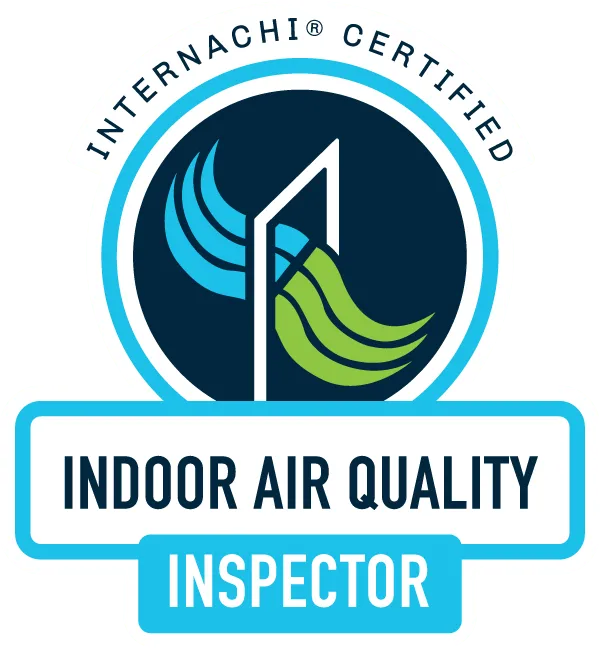
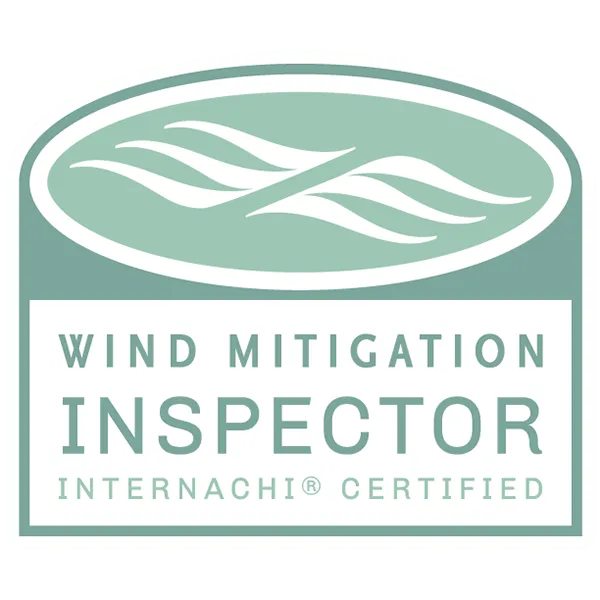
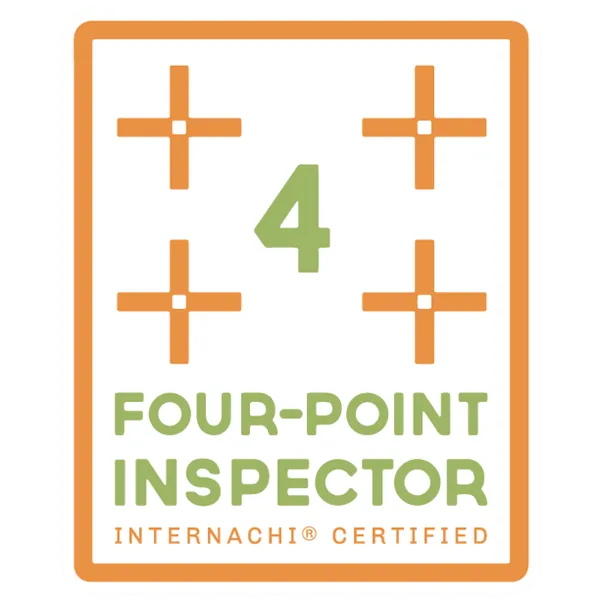
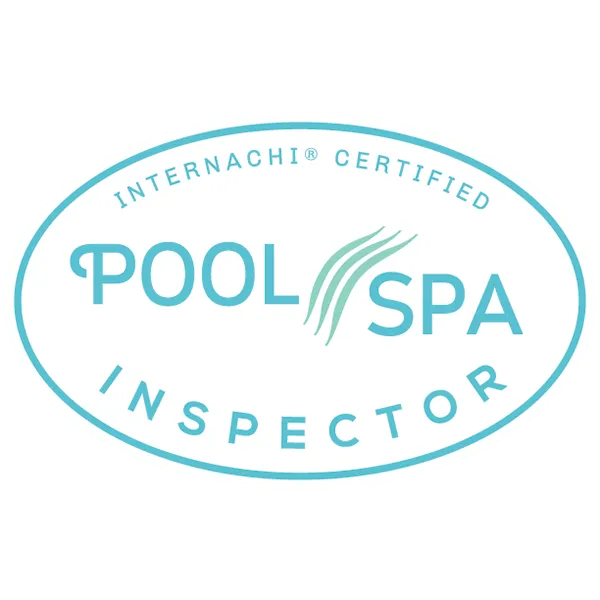
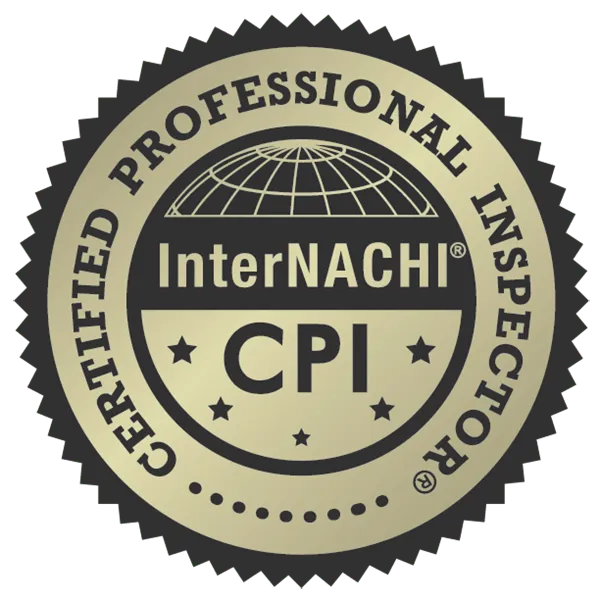

Office: 615 Nursery Ln, Naples FL
Call 239-208-0070
Email: home@jurneyinspections.com
